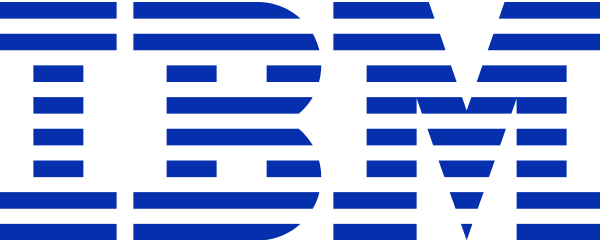Coursera
Free Online Course (Audit)
English
Paid Certificate Available
5 weeks long, 13 hours worth of material
selfpaced
Overview
Class Central Tips
After taking this course, you will be able to describe two different approaches to converting raw data into analytics-ready data. One approach is the Extract, Transform, Load (ETL) process. The other contrasting approach is the Extract, Load, and Transform (ELT) process. ETL processes apply to data warehouses and data marts. ELT processes apply to data lakes, where the data is transformed on demand by the requesting/calling application.
Both ETL and ELT extract data from source systems, move the data through the data pipeline, and store the data in destination systems. During this course, you will experience how ELT and ETL processing differ and identify use cases for both.
You will identify methods and tools used for extracting the data, merging extracted data either logically or physically, and for importing data into data repositories.You will also define transformations to apply to source data to make the data credible, contextual, and accessible to data users. You will be able to outline some of the multiple methods for loading data into the destination system, verifying data quality, monitoring load failures, and the use of recovery mechanisms in case of failure.
Finally, you will complete a shareable final project that enables you to demonstrate the skills you acquired in each module.
Both ETL and ELT extract data from source systems, move the data through the data pipeline, and store the data in destination systems. During this course, you will experience how ELT and ETL processing differ and identify use cases for both.
You will identify methods and tools used for extracting the data, merging extracted data either logically or physically, and for importing data into data repositories.You will also define transformations to apply to source data to make the data credible, contextual, and accessible to data users. You will be able to outline some of the multiple methods for loading data into the destination system, verifying data quality, monitoring load failures, and the use of recovery mechanisms in case of failure.
Finally, you will complete a shareable final project that enables you to demonstrate the skills you acquired in each module.
Syllabus
- Data Processing Techniques
- ETL or Extract, Transform, and Load processes are used for cases where flexibility, speed, and scalability of data are important. You will explore some key differences been similar processes, ETL and ELT, which include the place of transformation, flexibility, Big Data support, and time-to-insight.
You will learn that there is an increasing demand for access to raw data that drives the evolution from ETL to ELT. Data extraction involves advanced technologies including database querying, web scraping, and APIs. You will also learn that data transformation is about formatting data to suit the application and that data is loaded in batches or streamed continuously. - ETL & Data Pipelines: Tools and Techniques
- Extract, transform and load (ETL) pipelines are created with Bash scripts that can be run on a schedule using cron. Data pipelines move data from one place, or form, to another. Data pipeline processes include scheduling or triggering, monitoring, maintenance, and optimization. Furthermore, Batch pipelines extract and operate on batches of data. Whereas streaming data pipelines ingest data packets one-by-one in rapid succession. In this module, you will learn that streaming pipelines apply when the most current data is needed. You will explore that parallelization and I/O buffers help mitigate bottlenecks. You will also learn how to describe data pipeline performance in terms of latency and throughput.
- Building Data Pipelines using Airflow
- The key advantage of Apache Airflow's approach to representing data pipelines as DAGs is that they are expressed as code, which makes your data pipelines more maintainable, testable, and collaborative. Tasks, the nodes in a DAG, are created by implementing Airflow's built-in operators.
In this module, you will learn about Apache Airflow having a rich UI that simplifies working with data pipelines. You will explore how to visualize your DAG in graph or tree mode. You will also learn about the key components of a DAG definition file, and you will learn that Airflow logs are saved into local file systems and then sent to cloud storage, search engines, and log analyzers. - Building Streaming Pipelines using Kafka
- Apache Kafka is a very popular open source event streaming pipeline. An event is a type of data that describes the entity’s observable state updates over time. Popular Kafka service providers include Confluent Cloud, IBM Event Stream, and Amazon MSK. Additionally, Kafka Streams API is a client library supporting you with data processing in event streaming pipelines.
In this module, you will learn that the core components of Kafka are brokers, topics, partitions, replications, producers, and consumers. You will explore two special types of processors in the Kafka Stream API stream-processing topology: The source processor and the sink processor. You will also learn about building event streaming pipelines using Kafka. - Final Assignment
- In this final assignment module, you will apply your newly gained knowledge to explore two very exciting hands-on labs.“Creating ETL Data Pipelines using Apache Airflow” and “Creating Streaming Data Pipelines using Kafka”. You will explore building these ETL pipelines using real-world scenarios.
You will extract, transform, and load data into a CSV file. You will also create a topic named “toll” in Apache Kafka, download and customize a streaming data consumer, as well as verifying that streaming data has been collected in the database table.
Taught by
Ramesh Sannareddy and Rav Ahuja
